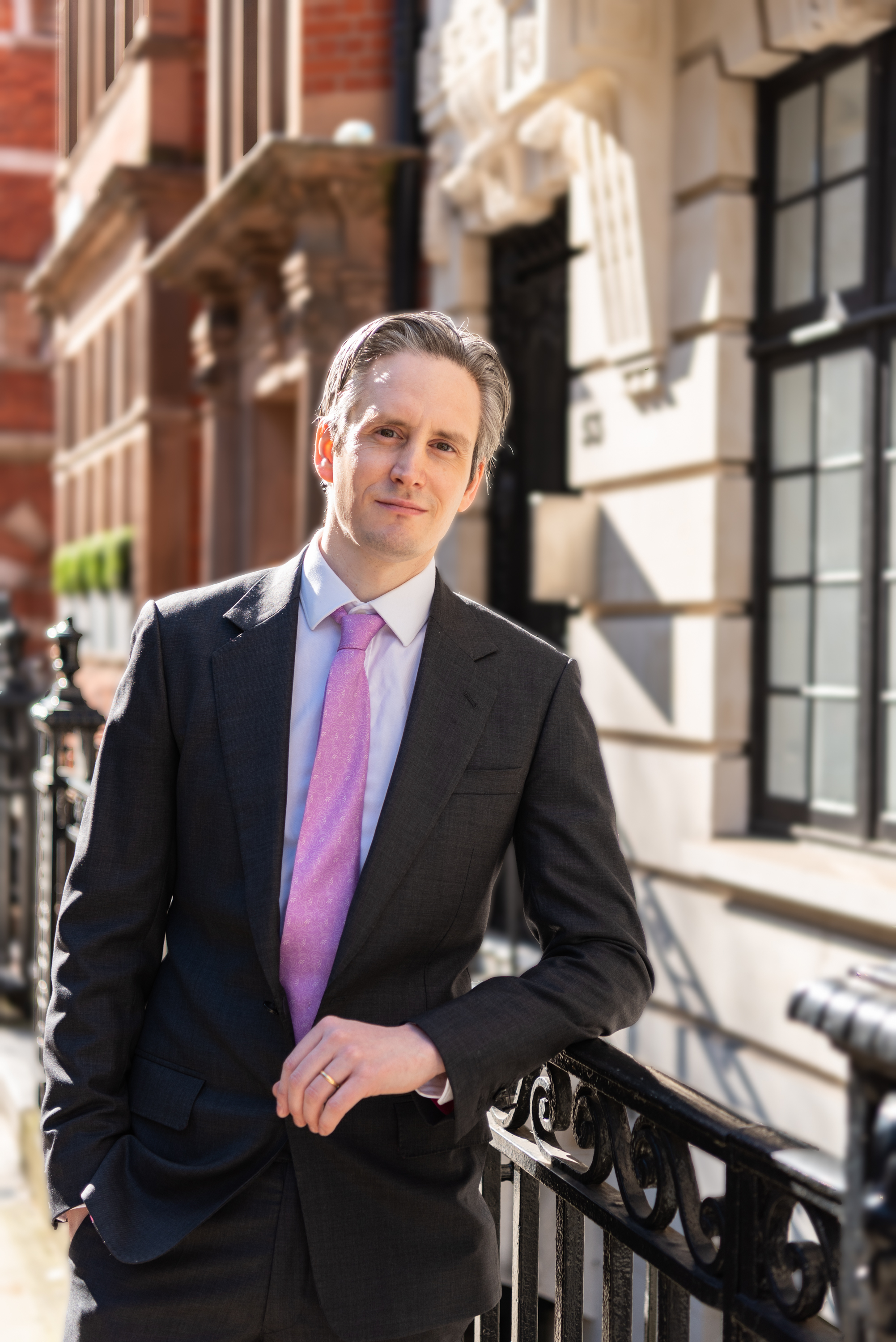
Is mineral or chemical sunscreen better for rosacea?
Daily sun protection is one of the most important steps for managing rosacea. UV and visible light can worsen redness and trigger flares, so a comfortable, reliable SPF is essential. Patients often ask whether mineral (physical) or chemical (organic) sunscreens are better for rosacea.
Short answer
Most people with rosacea find mineral sunscreens easier to tolerate. Zinc oxide and titanium dioxide often cause less stinging and irritation than chemical filters, making them a good first choice. However, modern fragrance-free chemical sunscreens can also work very well if you prefer a lighter texture or dislike the white cast that mineral products sometimes leave. Whichever you choose, aim for a broad-spectrum SPF 30–50, apply enough, and reapply when outdoors.
Why mineral sunscreens are often easier for rosacea
Mineral sunscreens tend to be less irritating because zinc oxide and titanium dioxide are inert ingredients that sit on the skin surface. The main drawbacks are a heavier texture, dryness, and a white cast on the skin. These can be improved by choosing a tinted formula.
When a chemical sunscreen may be a good choice
Chemical sunscreens often feel lighter and clearer on the skin, which some patients prefer. Modern filters are generally well tolerated and provide excellent protection (Note that I am based in the UK and product formulations in the USA are different and may not be as well tolerated). If you use a chemical sunscreen, look for products labelled “for sensitive skin” that are fragrance-free and avoid high levels of alcohol or essential oils.
What to look for on the label
For both mineral and chemical sunscreens, the most important factor is choosing a broad-spectrum SPF 30–50. Tinted mineral options are helpful for reducing redness and minimising white cast. Pick a product that suits your skin type whether that is a light fluid, gel-cream, or lotion.
How to apply SPF with rosacea
Applying sunscreen correctly can make a big difference. If your skin is dry, moisturise first and allow a few minutes before applying sunscreen to reduce sting. Use about two fingertip lengths for the face. When outdoors, reapply every two to three hours and after sweating or towelling.
Examples I often recommend
I do not have financial ties to any skincare brands, but some products my patients often find helpful include Heliocare 360 mineral tolerance fluid (a mineral sunscreen) and La Roche-Posay Anthelios Anthelios UVMUNE ultra light invisible fluid (a chemical sunscreen).
How I can help
If you’re struggling with rosacea I can offered a tailored treatment regime including topicals, tablet treatments and laser treatments.
I consult with private patients at several well-appointed and conveniently located sites across central London:
- London Bridge Hospital: Conveniently situated within The Shard, next to London Bridge station.
- Skin55 Ltd: Located at 55 Harley Street, this beautiful Edwardian building houses one of the largest private dermatology facilities in the UK with a comprehensive laser suite.
- OneWelbeck: Located close to Bond Street underground station. Mohs surgery, lasers, and other skin surgeries are performed in the state-of-the-art surgical suite here.
A new consultation is £250, a follow up consultation is £220. For more information on fees, please visit Prices.
